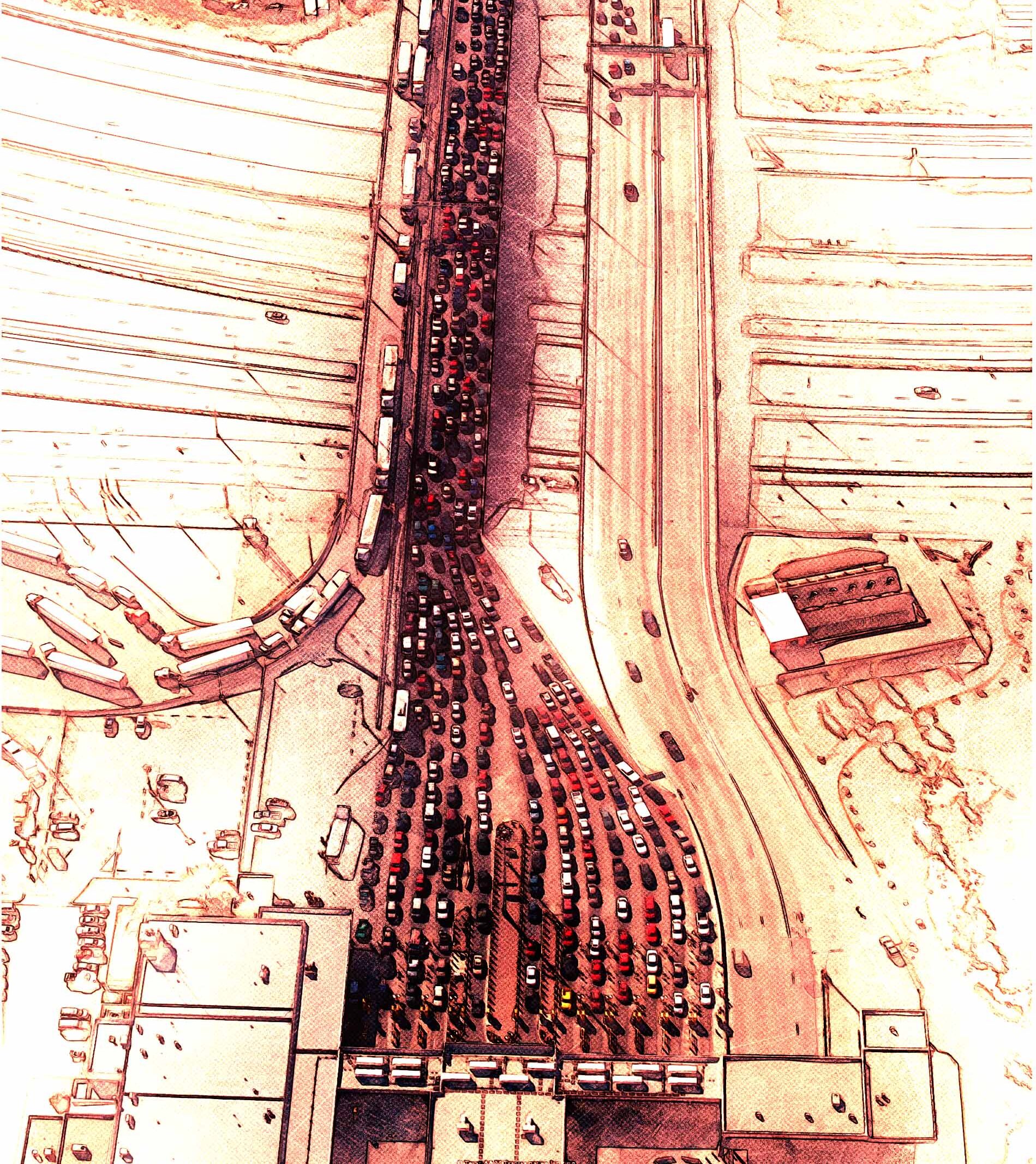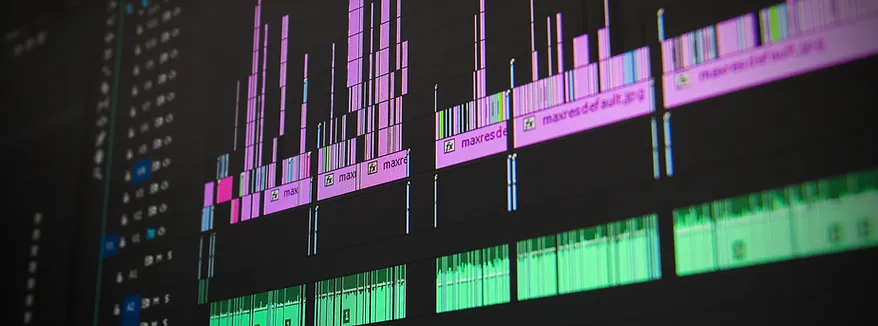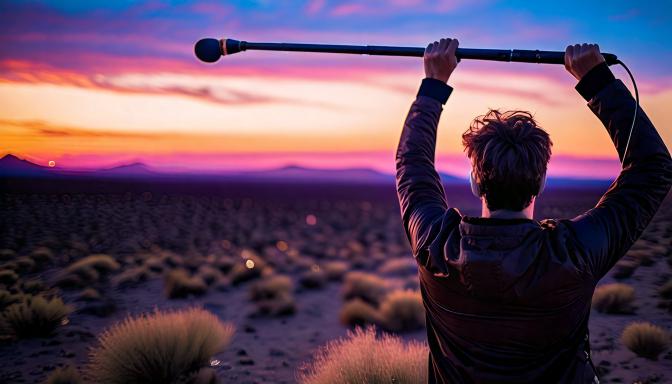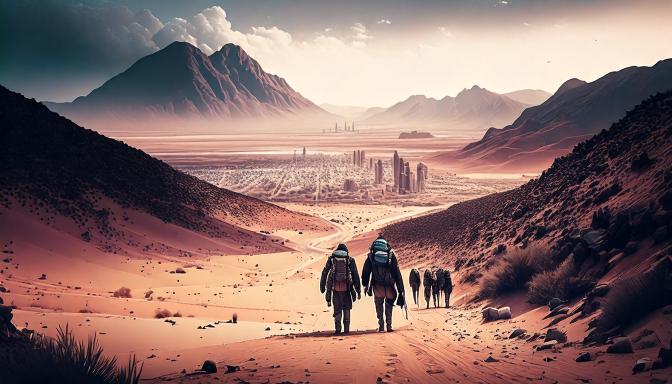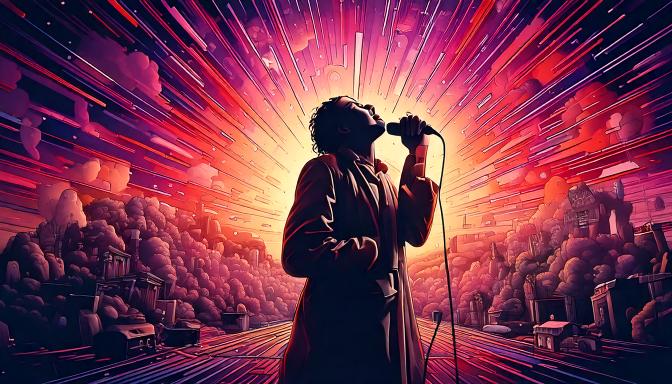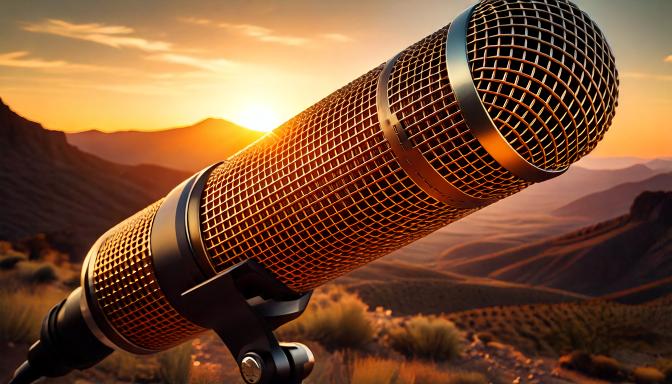“Music is a sound, a sound that surrounds us, whether we are inside or outside the concert halls” —John Cage
The interest of this web text is delimited in the Soundscapes of the border bridges that connect Ciudad Juárez and El Paso. As a product of engineering and technology, bridges can be considered as inexhaustible sources of sound production. The daily dynamic remains active 24 hours a day, seven days a week. Every single day, people cross borders to carry out their daily activities, such as work, study, shopping, negotiate, visit, or just for a hobby, both on one side and the other.


